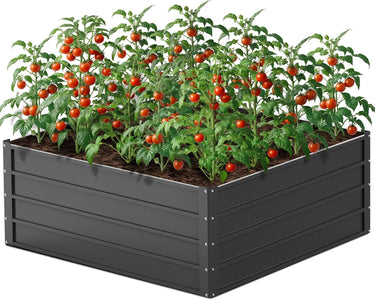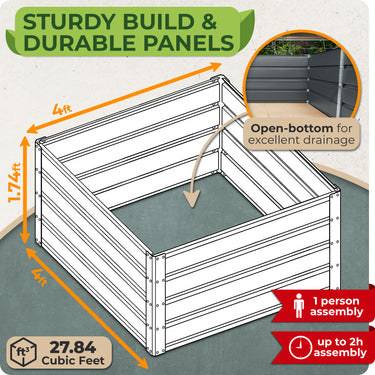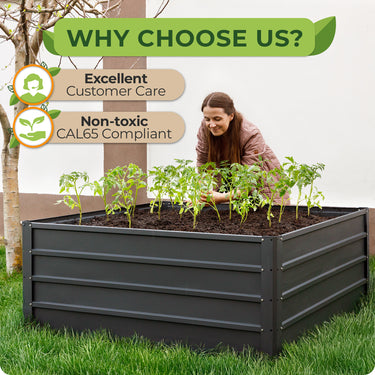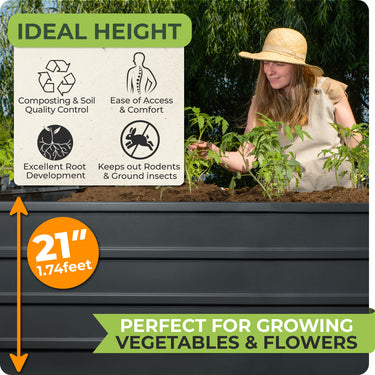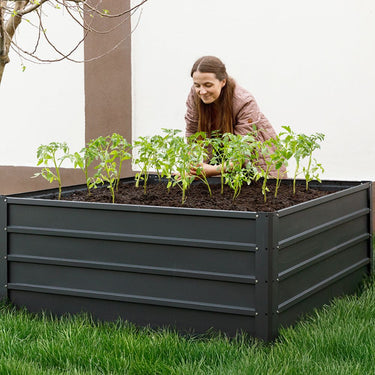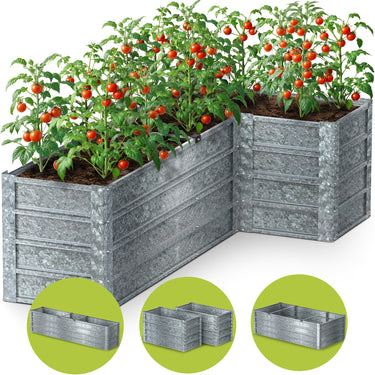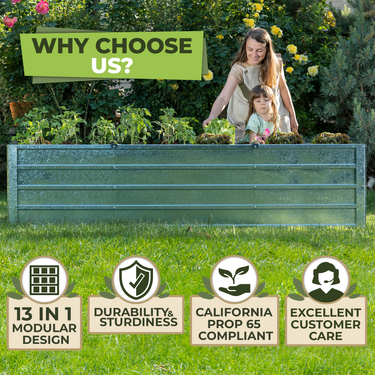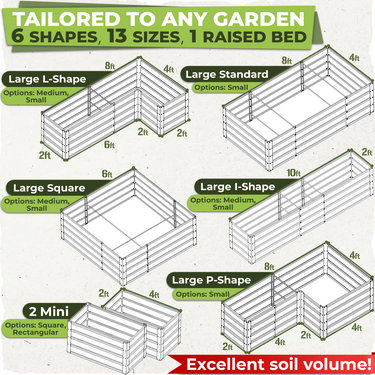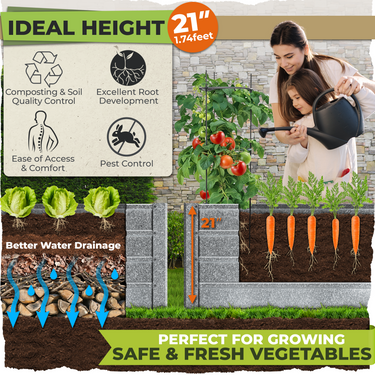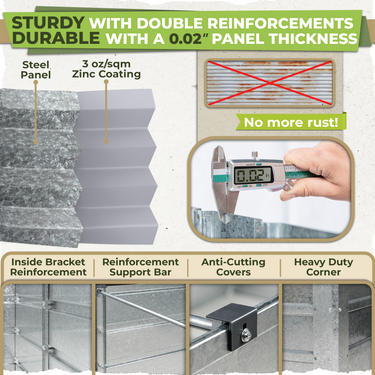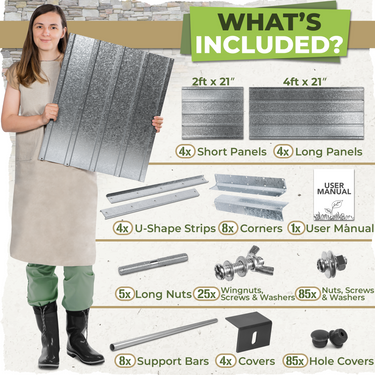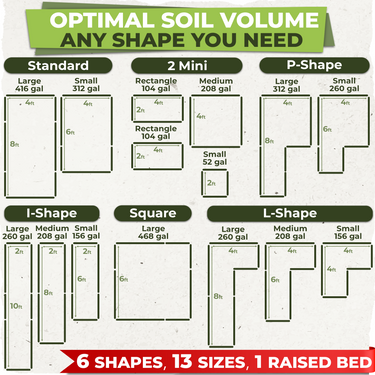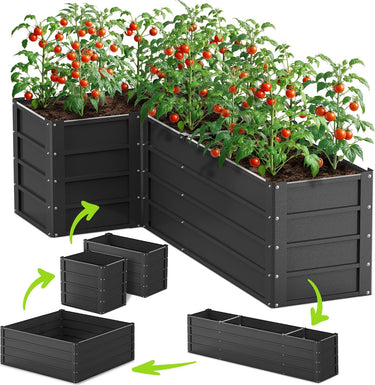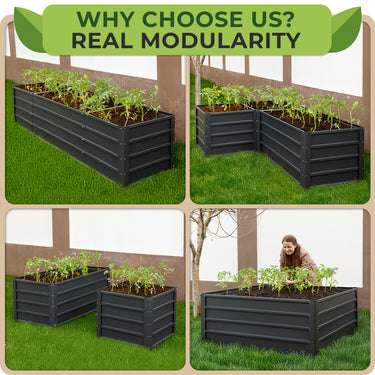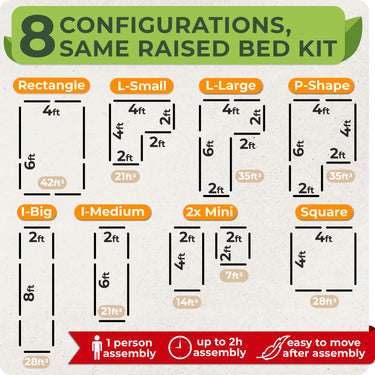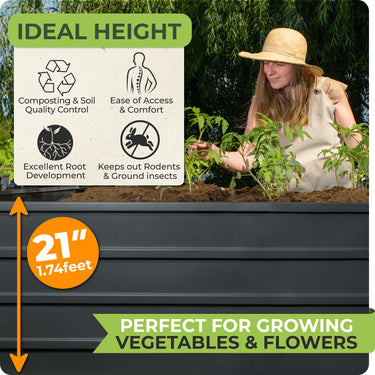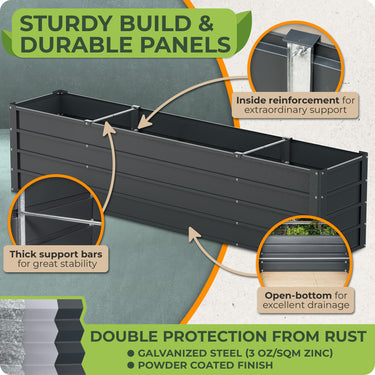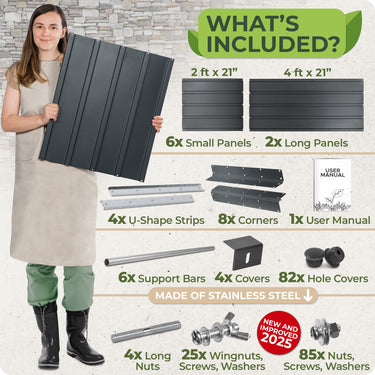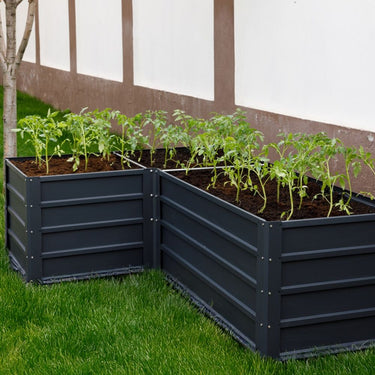
Photo by Shutterstock
When you want to have a flourishing garden all year round, you know that nursery pots have a defined purpose. These humble containers offer a wealth of advantages, from optimizing root growth and soil conditions to minimizing transplant stress and extending the growing season. Whether you're a seasoned green thumb or a budding gardener, the importance of nursery pots for your plant care routine cannot be underestimated. Learn more about the power of these versatile tools and watch your garden flourish to new heights!
Table of Contents
1. The benefits of nursery pots - what are these instruments and how can they help plant growth?

Photo by Huy Phan on Pexels
Nursery pots, also known as seed starting trays or seedling containers, are small, individual containers used to grow young plants, seedlings, or cuttings before transplanting them into a larger garden or landscape. These pots come in a variety of sizes, shapes, and materials, but they all serve the same essential purpose - providing a controlled environment for plant roots to establish and thrive.
So, why are nursery pots important for plant growth? Here a few benefits to keep in mind:
➤ Root development
One of the primary advantages of nursery pots is their ability to encourage optimal root development. Unlike open garden beds, the confined space of a nursery pot guides the plant's roots to grow downward and outward, rather than becoming tangled and rootbound. This strategic root growth lays the foundation for a sturdy, resilient plant that can seamlessly transition from the nursery pot to its final planting location.
➤ Precision soil management
One of the key advantages of using nursery pots is their ability to provide the precise soil conditions necessary for young, delicate plants to thrive. Compared to growing plants directly in a garden bed, the smaller soil volume of a nursery pot makes it exponentially easier to monitor and adjust critical factors like moisture, nutrient levels, and pH.
To ensure plants receive the consistent hydration they need, an ideal option is to incorporate a drip irrigation system into the nursery pot setup. This targeted watering method helps prevent both overwatering and underwatering, which can be detrimental to young seedlings. Importantly, the drip system also encourages deep root development, as the plant's roots seek out moisture within the confines of the pot. With this heightened level of soil management and control, growers can fine-tune the growing medium to meet the specific needs of each plant species.
➤ Minimizing transplant stress
One of the greatest challenges in plant cultivation is the stress of transplanting. However, plants grown in nursery pots often experience far less shock when moved to their permanent home. The intact root system and controlled environment of the nursery pot help the plant adapt more quickly, increasing the chances of successful establishment in the garden or landscape.
➤ Extending the growing season
Nursery pots open up a world of possibilities when it comes to extending the growing season. By starting seeds in these compact containers, gardeners can get a head start on the season, moving their young plants outdoors when the weather is right.
➤ Portable perfection for small gardens
For gardeners working with limited outdoor space, nursery pots offer an invaluable advantage. These lightweight, easy-to-move containers allow you to rearrange your plants as needed, optimizing sun exposure and making the most of your available growing area. Whether you're managing a small patio, balcony, or urban rooftop, nursery pots provide the portability to cultivate a thriving oasis.
➤ Healthy growth
Another often-overlooked benefit of nursery pots is their ability to eliminate weed competition. By growing plants in these confined containers, you can ensure that your young seedlings receive all the necessary nutrients, water, and sunlight without having to compete with invasive weeds. This focused attention allows your plants to channel their energy into healthy growth and development.
2. Types of nursery pots - what are the best choices for your garden?

Photo by Shutterstock
When it comes to choosing the right nursery pots for your garden, understanding the various factors is key. After all, what are nursery pots made of and how can the different types of nursery pots impact the health and growth of your plants?
Nursery pots are commonly manufactured from a range of materials, each offering unique advantages. Plastic pots remain a popular choice due to their durability, affordability, and reusability. However, eco-conscious gardeners may prefer biodegradable options made from natural materials like peat, coir, or even compostable plastics. These sustainable pots can be planted directly into the ground, reducing transplant stress and waste.
Here are some of the most popular types of nursery pots:
➤ Plastic - one of the most common types of nursery pots is the classic plastic container. These sturdy pots are manufactured from durable plastic, making them a popular choice among gardeners for their affordability and reusability. The rigid structure of plastic pots helps maintain the soil's shape, preventing compaction and allowing for optimal root growth.
➤ Biodegradable- for the eco-conscious gardener, biodegradable options made from natural materials like peat, coir, or compostable plastics are gaining popularity. Why use this type of nursery pot for your daily gardening? Well, these sustainable pots can be planted directly into the ground, reducing transplant shock and waste. By breaking down over time, these pots allow plant roots to seamlessly integrate with the surrounding soil, promoting vigorous growth and nutrient absorption.
➤ Self-watering - another type of nursery pot designed to improve plant health is the self-watering container. But how do these nursery pots improve plant health? These pots feature built-in reservoirs that slowly release water to the roots, helping to maintain consistent moisture levels and prevent both overwatering and underwatering. The steady, controlled hydration provided by self-watering pots encourages deep root development and reduces plant stress, resulting in lush, thriving foliage.
➤ Customizable - for gardeners seeking maximum flexibility, some types of nursery pots offer customizable features such as adjustable drainage, removable bottoms, or the ability to link multiple containers together. The ability to fine-tune the growing environment allows gardeners to create the ideal conditions for each plant, optimizing factors like aeration, water retention, and nutrient delivery.
Therefore, as you plan your garden, don't underestimate the power of these humble containers. Embrace the versatility of nursery pots and watch your plants reach new heights of vigor and productivity. With the right nursery pots in your toolkit, the sky's the limit for your gardening success.










